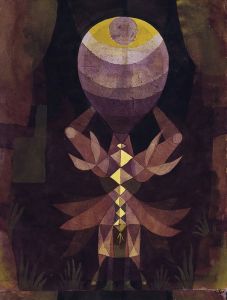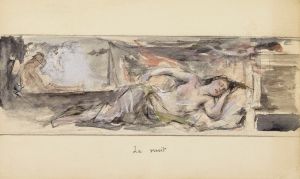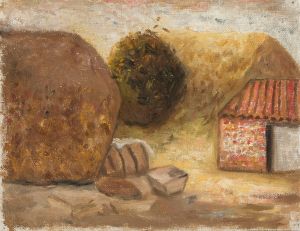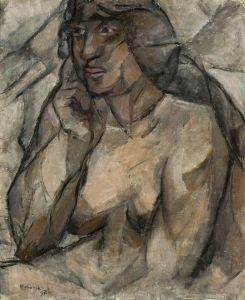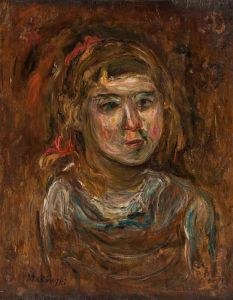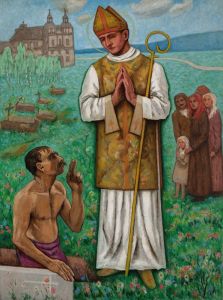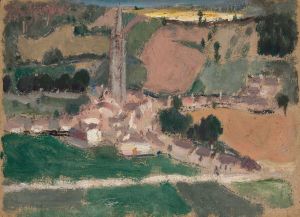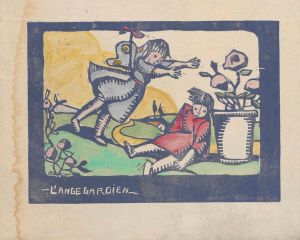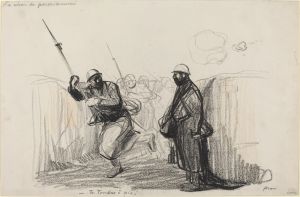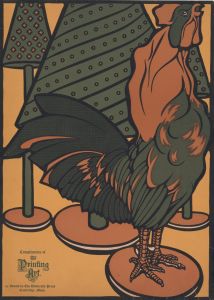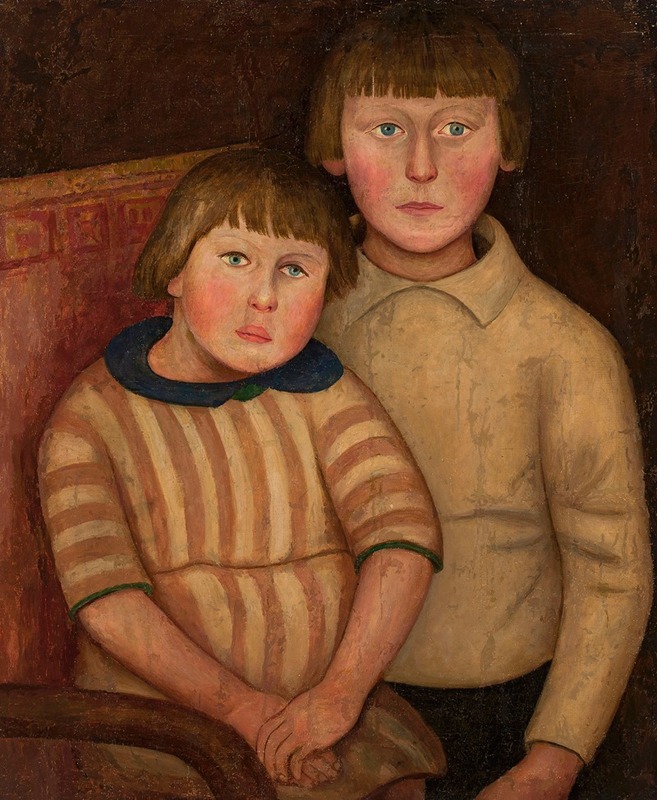
Portrait of two children
A hand-painted replica of Tadeusz Makowski’s masterpiece Portrait of two children, meticulously crafted by professional artists to capture the true essence of the original. Each piece is created with museum-quality canvas and rare mineral pigments, carefully painted by experienced artists with delicate brushstrokes and rich, layered colors to perfectly recreate the texture of the original artwork. Unlike machine-printed reproductions, this hand-painted version brings the painting to life, infused with the artist’s emotions and skill in every stroke. Whether for personal collection or home decoration, it instantly elevates the artistic atmosphere of any space.
Tadeusz Makowski was a Polish painter known for his unique style that combined elements of folk art, symbolism, and modernism. Born on January 29, 1882, in Oświęcim, Poland, Makowski initially studied classical philology at the Jagiellonian University in Kraków before pursuing art at the Academy of Fine Arts in Kraków. He was influenced by the works of the Young Poland movement and later moved to Paris, where he became part of the vibrant artistic community.
Makowski's work often depicted scenes of everyday life, focusing on children, rural landscapes, and village life. His style evolved over time, incorporating elements of Cubism and other modernist movements, yet he maintained a distinct personal style characterized by simplicity and a touch of naivety. His paintings are known for their emotional depth and the use of muted colors, which evoke a sense of nostalgia and innocence.
"Portrait of Two Children" is one of Makowski's notable works, reflecting his fascination with childhood as a subject. Although specific details about the painting's creation, such as the exact date and the identity of the children depicted, are not widely documented, it is consistent with Makowski's broader oeuvre, which often focused on the theme of childhood. His portrayal of children is typically characterized by a sense of simplicity and purity, capturing the essence of youth with a gentle and affectionate perspective.
In "Portrait of Two Children," Makowski employs his signature style, which blends elements of folk art with modernist influences. The composition is likely to feature simplified forms and a muted color palette, emphasizing the innocence and simplicity of childhood. Makowski's use of light and shadow, along with his attention to detail, creates a sense of depth and intimacy, inviting viewers to engage with the subjects on a personal level.
Makowski's work, including "Portrait of Two Children," is celebrated for its ability to convey complex emotions through seemingly simple compositions. His paintings often evoke a sense of nostalgia, capturing the fleeting moments of childhood with a timeless quality. This particular work is a testament to Makowski's skill in portraying the universal themes of innocence and the passage of time.
Throughout his career, Makowski remained dedicated to exploring the theme of childhood, which he saw as a symbol of purity and authenticity. His paintings continue to be appreciated for their emotional resonance and artistic innovation. Tadeusz Makowski passed away on November 1, 1932, in Paris, leaving behind a legacy of work that continues to inspire and captivate audiences worldwide. His contributions to modern art, particularly his unique approach to depicting children and everyday life, have solidified his place in the history of Polish art.





